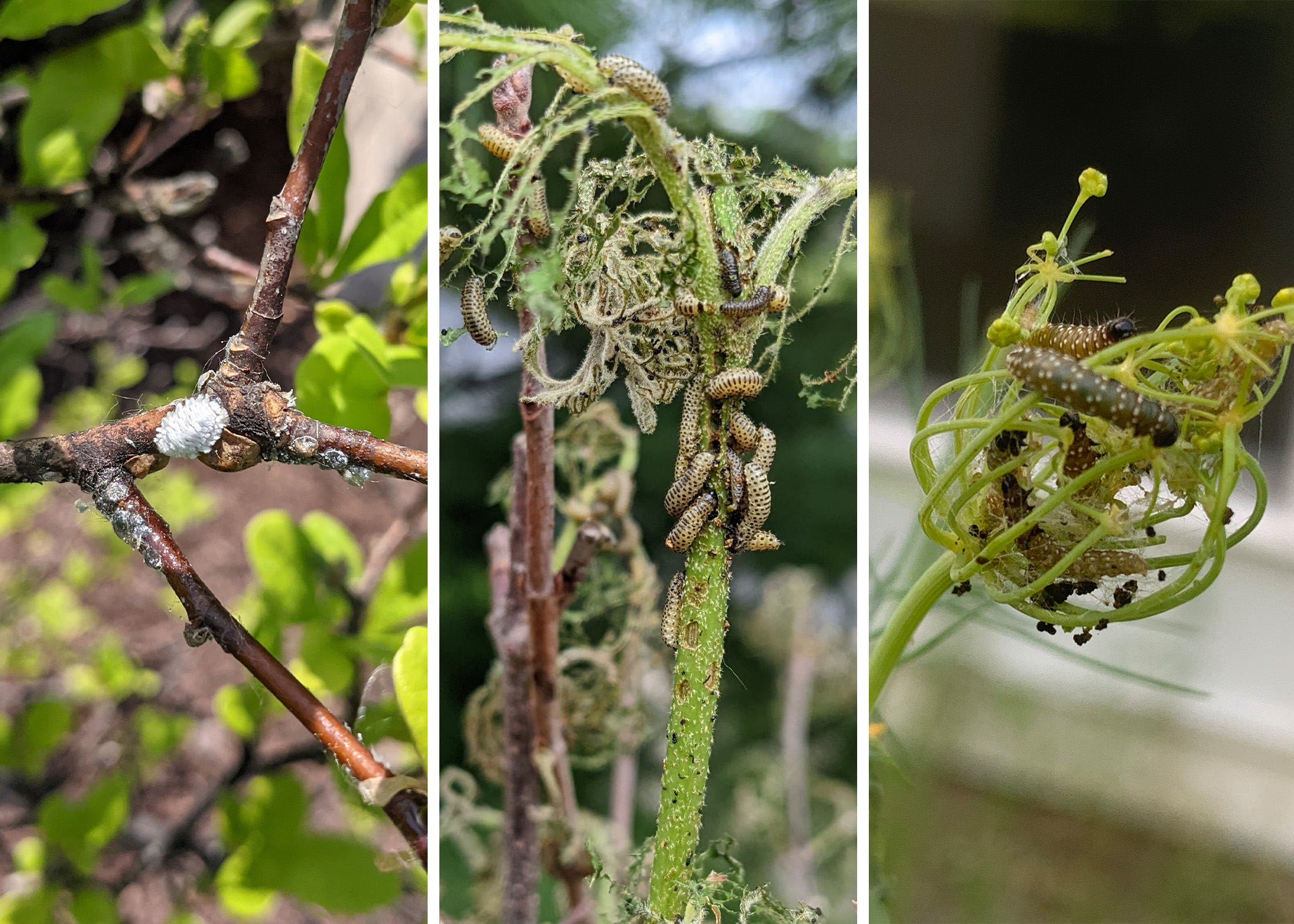

As we turn the page on 2022 and start our growing plan for 2023, we evaluate trends and local changes in the natural environment. Today, let’s take a good look at the noteworthy creepy crawlies that we found at our nursery and in our client’s landscapes in Southern Wisconsin.
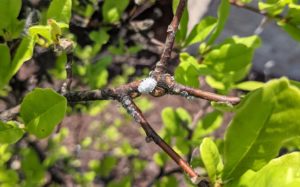
Sometimes mistaken for buds or fungus, these ugly white fuzzy things are in fact insects, and they are harmful to the tree. Until fairly recently, we only diagnosed a handful of cases of magnolia scale every season. For the past few years, we’ve seen a significant uptick in and around Waukesha. Early diagnosis is very important for successful treatment; heavily infested branches should be removed and destroyed. For more treatment and diagnostic info, click HERE to read more.
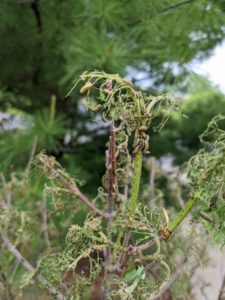
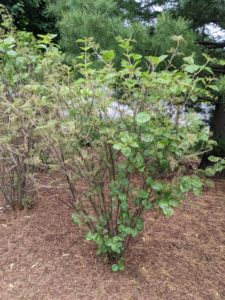
If you come across a viburnum leaf that has more holes than grandma’s lace table runner, you’ve probably come across an infestation of Viburnum Leaf Beetle. Historically, this pest was a relatively uncommon problem in our area, but in 2021 and 2022 we started identifying them more and more frequently, especially on Arrowwood (Viburnum dentatum) varieties. Female beetles lay eggs inside twigs, and each one lays hundreds of eggs. Once hatched, the larvae eat voraciously and then drop into the soil, where they pupate. Hungry adults emerge in June and make their way back to the viburnum plants. A heavy infestation can turn a mature shrub into a ghostly, skeletonized plant in one season. This beetle has not been a problem on fuzzy leafed varieties of viburnum, such as Korean Spice or Juddi. Click HERE to read more.
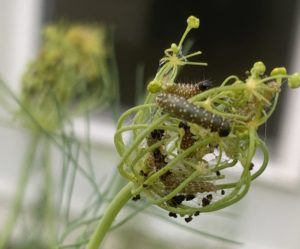
An unwelcome pest in the veggie garden. Many of our clients mistake the very young larvae for native, desirable butterfly larvae and let them do a considerable amount of damage. Good intentions, wrong critter! We’ve found them on dill plants, and they’re able to feed on other garden plants in that family. They’re usually on the flowers, where they feed and lay silky webbing. We identified them in Waukesha for the first time in 2021, and in 2022 we found them on multiple properties. Many Midwestern insect guides don’t include them (yet), so it’s a good idea to familiarize yourself with how to ID them. For more info, here is a blog from the UW-Extension’s bug guru.